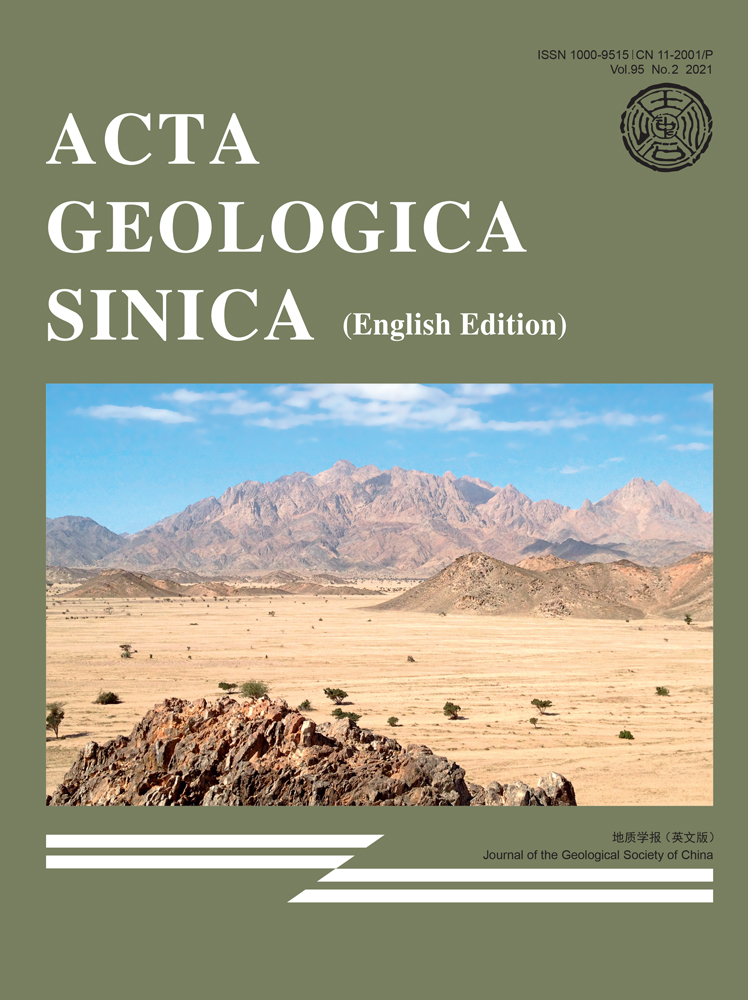Deployment and Exploration of a Gas Storage Well Pattern Based on the Threshold Radius
About the first author:
TANG Ligen, male, born in 1982 in Heze City, Shandong Province; a doctoral candidate from University of Science and Technology Beijing; Senior Engineer of CNPC. He is now interested in the study on gas storage and its monitoring. Email: [email protected]; phone: 010-83599517.
About the corresponding author:
ZHU Weiyao, male, born in 1960 in Daqing City, Liaoning Province; doctor; graduated from University of Chinese Academy of Sciences; professor of University of Science and Technology Beijing. He is now interested in the study on theoretical research and engineering practice of seepage mechanics and oil and gas field development engineering. Email: [email protected]; phone: 010-62332778.
Abstract
To tackle the problem that wells that are deployed in a specific pattern based on the requirements of gas reservoir development are not suitable for gas storage, we have conducted concentrically circular injection and production simulation experiments for gas storage, discovered the existence of a threshold radius, denoted by Rt, and derived the expression for Rt. Based on the analysis and discussion results, we propose a strategy for deploying gas storage wells in specific patterns. The expression for Rt shows that it is affected by factors such as the gas storage gas production/injection time, the upper pressure limit, the lower pressure limit, the bottomhole flow pressure at the ends of injection and production, the and permeability. The analysis and discussion results show that the Rt of a gas storage facility is much smaller than the Rt for gas reservoir development. In the gas storage facilities in China, the Rt for gas production is less than the Rt for the gas injection, and Rt increases with the difference in the operating pressure and with permeability K. Based on the characteristics of Rt, we propose three suggestions for gas storage well pattern deployment: (1) calculate Rt according to the designed functions of the gas storage facility and deploy the well pattern according to Rt; (2) deploy sparser, large-wellbore patterns in high-permeability areas and denser, small-wellbore patterns in high-permeability areas; and (3) achieve the gas injection well pattern by new drilling, and the gas production well pattern through a combination of the gas injection well pattern and old wells. By assessing a gas storage facility with a perfect well pattern after a number of adjustments, we found that the Rt of the 12 wells calculated in this paper is basically close to the corresponding actual radius, which validates our method. The results of this study provide a methodological basis for well pattern deployment in new gas storage construction.




